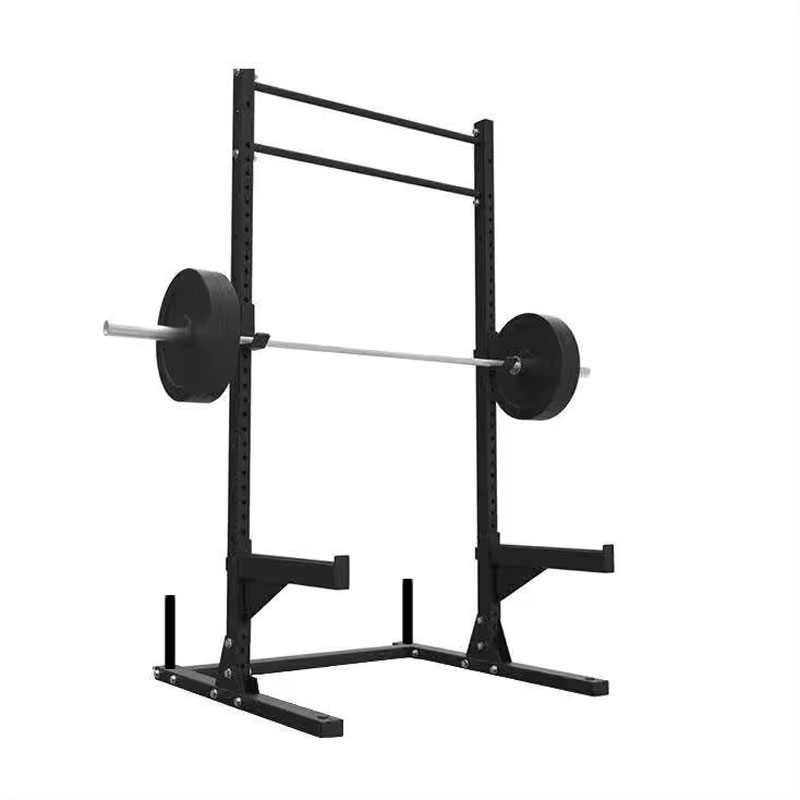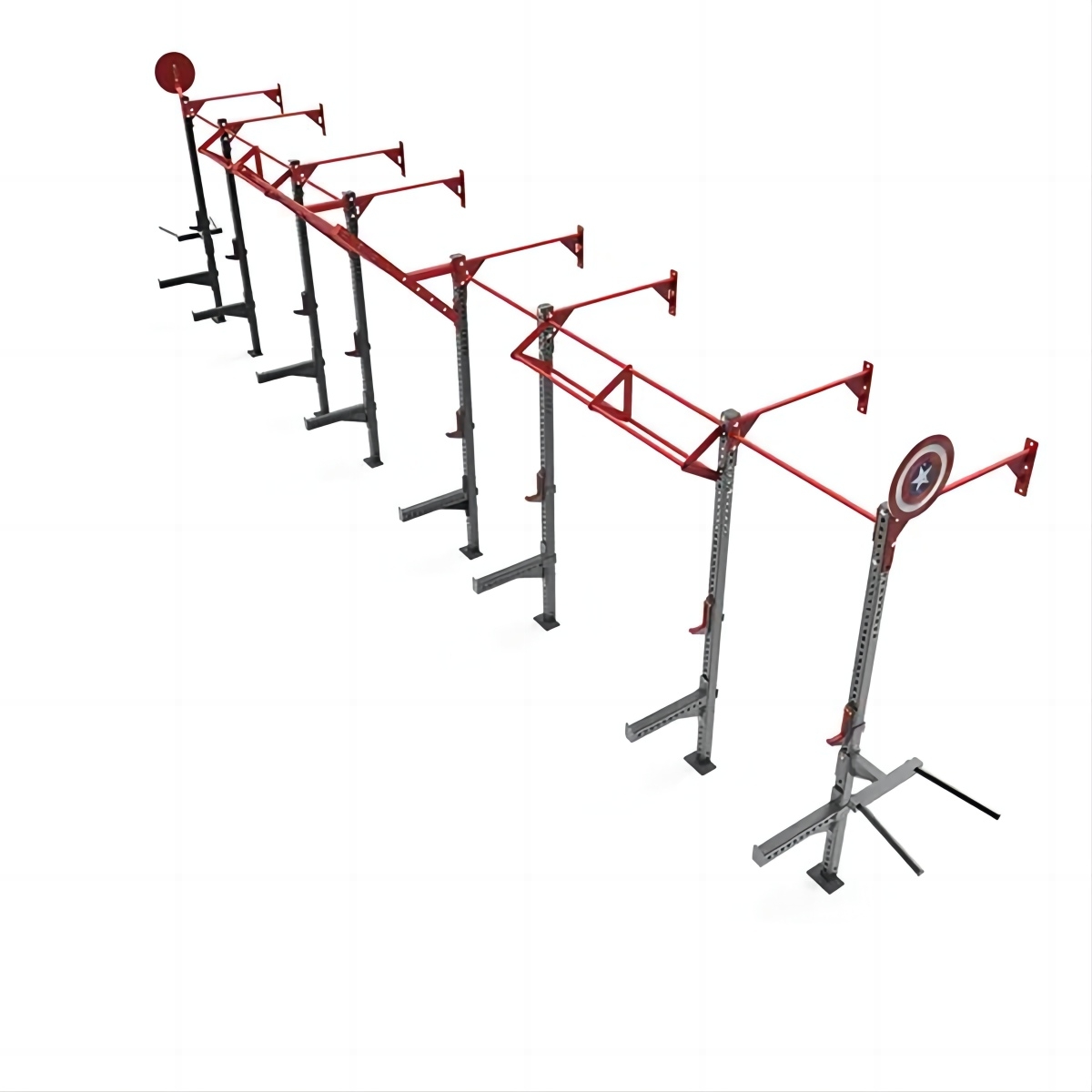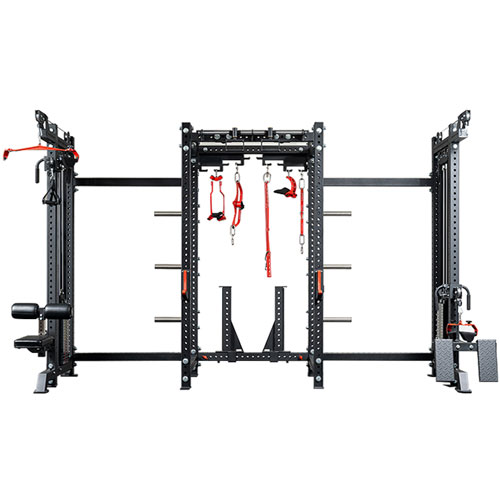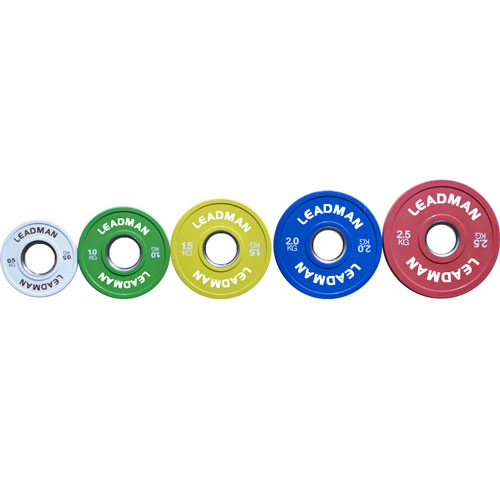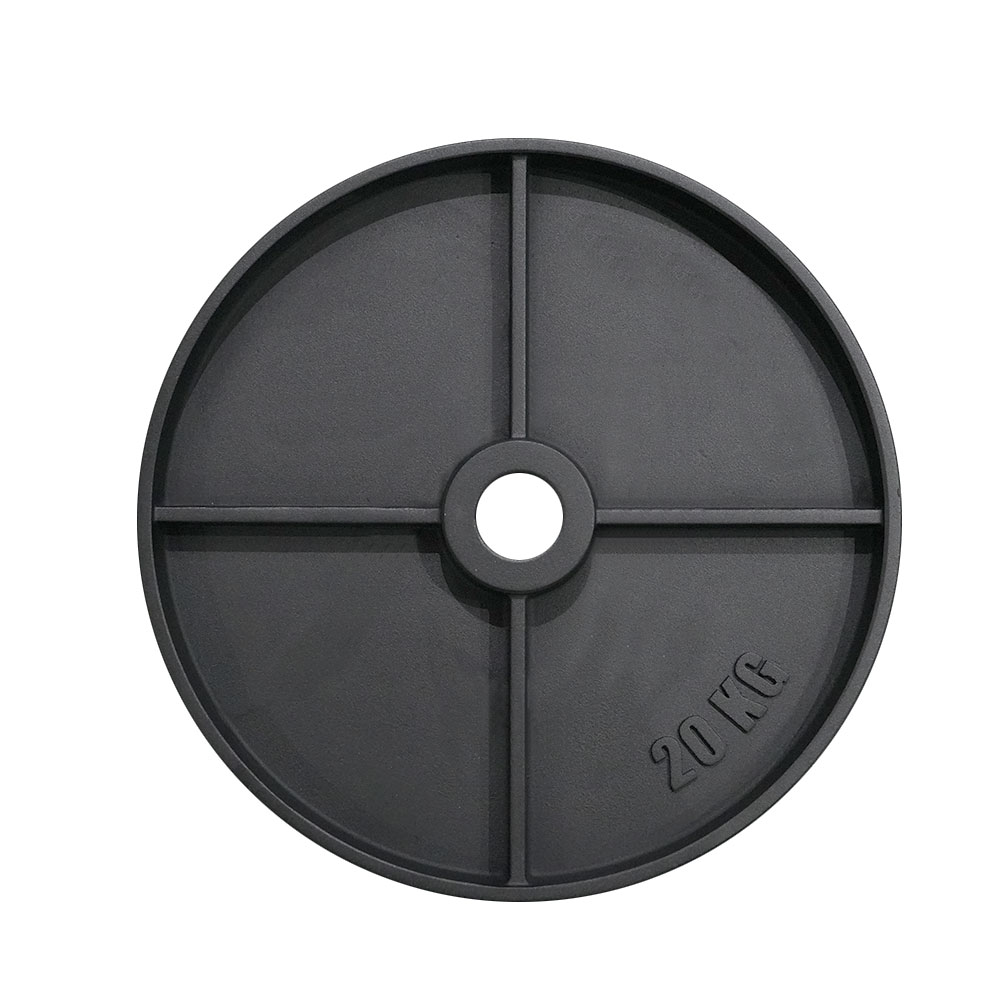The Comprehensive Guide to Dumbbell Manufacturing
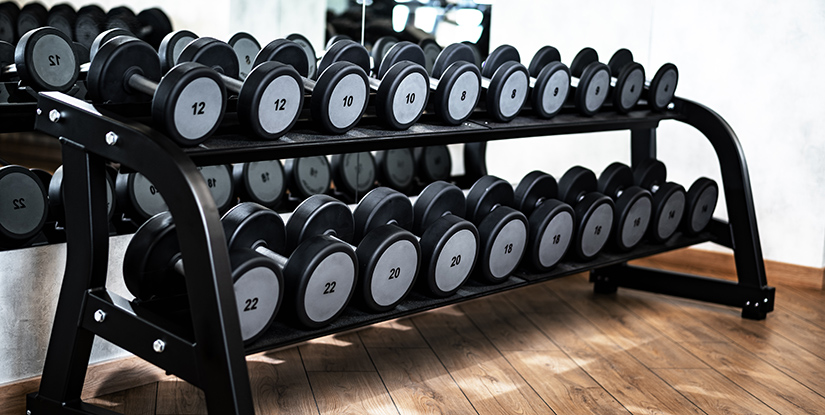
Dumbbells are among the most versatile and essential pieces of fitness equipment, utilized globally by millions to build strength, enhance muscle tone, and improve overall fitness. Whether you're a beginner or a seasoned athlete, dumbbells offer a wide range of exercises that can be tailored to your fitness goals. But have you ever wondered how these essential tools are made? In this blog, we'll dive deep into the world of dumbbell manufacturing, exploring the materials, processes, and innovations that go into creating high-quality dumbbells. We’ll also discuss why choosing the right dumbbell manufacturer is crucial for your fitness journey and how Leadman Fitness stands out in the industry.
The Importance of Choosing the Right Dumbbell Manufacturer
When it comes to fitness equipment, quality matters. A reputable equipment supplier ensures that its products are durable, safe, and effective for long-term use. Here are some key reasons why selecting the right manufacturer is essential.
1. Durability and Longevity
High-quality dumbbells utilize durable materials like cast iron, steel, and urethane, ensuring resilience under heavy use. Leading manufacturers such as Leadman Fitness implement advanced techniques that guarantee long-lasting performance, even in commercial settings.
2. Precision and Weight Accuracy
Accurate weight is crucial for effective strength training. A trusted manufacturer ensures that each dumbbell is precisely calibrated, with weight variances controlled within strict limits. This precision is vital for tracking progress and maintaining consistency in your workouts.
3. Safety and Ergonomics
Ergonomically designed handles and coatings like rubber or neoprene not only provide a comfortable grip but also reduce the risk of injury. A good manufacturer prioritizes safety by using materials that minimize slippage and protect floors from damage.
4. Customization Options
Whether you need specific weights, colors, or branding, a reliable manufacturer offers customization options to meet your unique requirements. Leadman Fitness, for example, provides tailored solutions for both commercial gyms and home users.
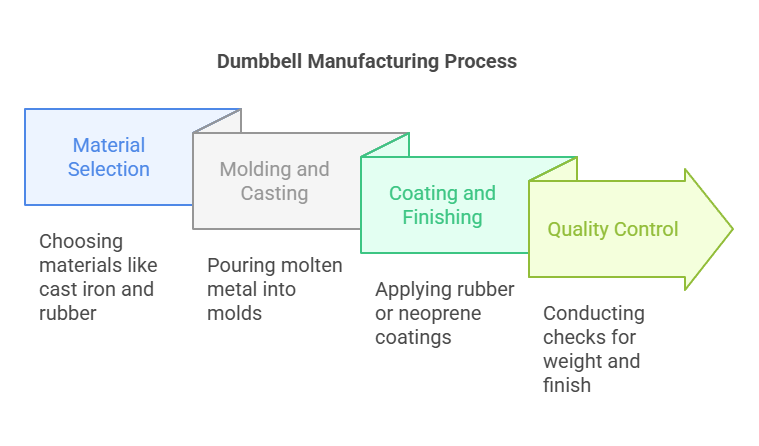
The Dumbbell Manufacturing Process
Creating high-quality dumbbells involves a multi-step process that combines craftsmanship, precision, and advanced technology. Here’s a breakdown of how dumbbells are made:
1. Material Selection
The process begins with selecting the right materials. Common materials include cast iron, steel, rubber, and urethane. Each material has its advantages, such as durability, weight accuracy, and floor protection.
2. Molding and Casting
Molten metal is poured into molds to create the basic shape of the dumbbell. This step ensures that the dumbbell has the correct dimensions and weight. After cooling, the dumbbell is removed from the mold and undergoes machining to smooth out rough edges.
3. Coating and Finishing
To enhance durability and comfort, dumbbells are coated with materials like rubber, neoprene, or vinyl. This coating not only provides a better grip but also protects the dumbbell from wear and tear. High-end dumbbells may also undergo additional finishing processes like powder coating or chrome plating.
4. Quality Control
Every dumbbell undergoes rigorous quality control checks to ensure it meets industry standards. This includes weight accuracy, durability, and finish quality. Only products that pass these tests are packaged and shipped to customers.
Why Leadman Fitness Stands Out
Leadman Fitness is a recognized leader in the fitness equipment sector, renowned for its high-quality weights and innovative production techniques. Here’s why we stand out:
1. Advanced Manufacturing Techniques
We use state-of-the-art machinery and automation to ensure precision and consistency in every product. Our third-generation production system, introduced in 2024, has significantly improved efficiency and product quality.
2. Customization Options
We offer a wide range of customization options, including custom sizes, colors, and branding. Whether you’re a commercial gym or a home user, we can tailor our products to meet your specific needs.
3. Eco-Friendly Practices
Our manufacturing process adheres to international environmental standards, ensuring that our products are both high-quality and sustainable. We use eco-friendly materials and processes to minimize our environmental impact:cite[1].
4. Global Reach
With over 30 years of experience, Leadman Fitness has supplied dumbbells and other fitness equipment to leading global brands. Our products are trusted by fitness enthusiasts and professionals worldwide.
Conclusion
Choosing the right dumbbell manufacturer is crucial for ensuring that you get high-quality, durable, and safe fitness equipment. Leadman Fitness stands out as a trusted name in the industry, offering advanced manufacturing techniques, customization options, and eco-friendly practices. Whether you’re a commercial gym or a home user, our products are designed to meet your unique needs and help you achieve your fitness goals.
FAQ About Dumbbell Manufacturing
1. What materials are commonly used in the production of dumbbells, and how do they impact performance?
Dumbbells are primarily constructed from materials such as cast iron, steel, rubber, and urethane. Each of these materials contributes to various aspects of performance and user experience. For instance, cast iron offers durability, while rubber-coated options enhance grip and protect flooring, making them ideal for home gyms.
2. How does the production process differ for various types of dumbbells, such as adjustable vs. fixed weights?
While most fixed-weight dumbbells are mass-produced using machinery, adjustable dumbbells feature a more intricate manufacturing process due to their mechanisms for weight change. This includes the integration of removable plates and secure locking systems, which ensure safety and ease of use.
3. How are adjustable dumbbells made?
Adjustable dumbbells are designed with a mechanism that allows users to change the weight. This involves a set of removable weight plates and a locking system to secure them in place. The manufacturing process for adjustable dumbbells is more complex due to the additional components.
4. What is the process of coating dumbbells?
Dumbbells are coated with materials like rubber, neoprene, or vinyl to enhance durability and comfort. The coating process can involve dipping, spraying, or molding, depending on the type of coating used.
5. Why do some dumbbells have a hexagonal shape?
Hexagonal dumbbells are designed to prevent rolling when placed on the ground. This shape is particularly useful in home gyms or during circuit workouts where quick transitions between exercises are necessary.

